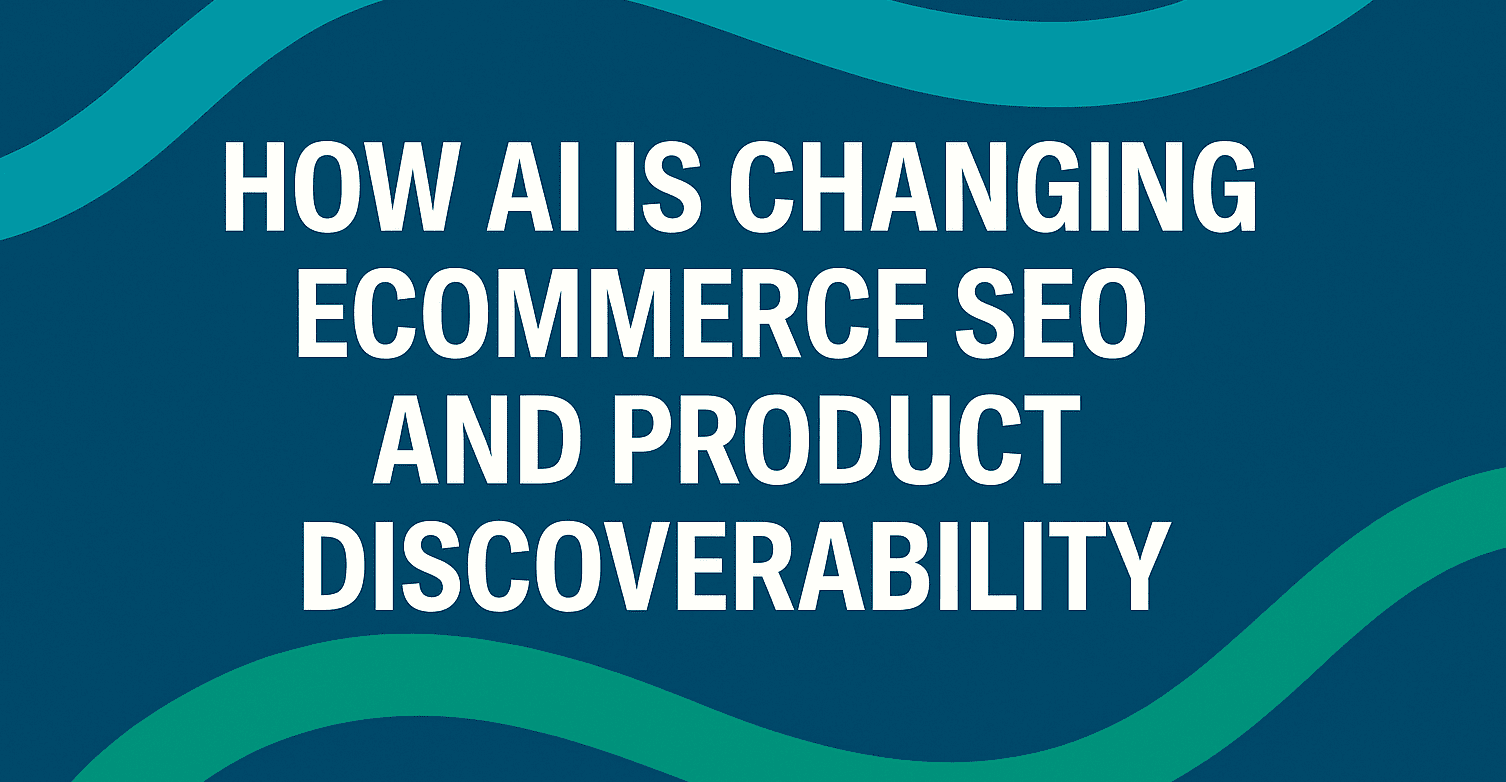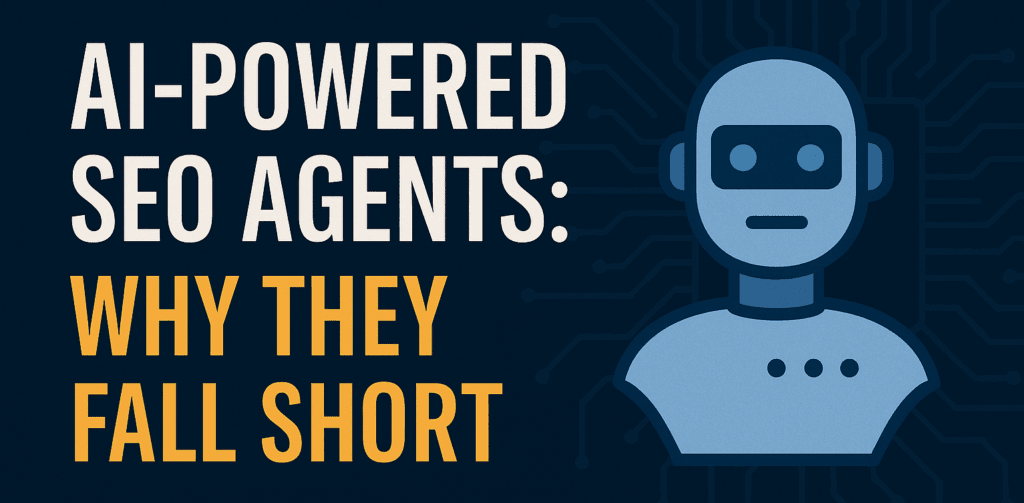Local SEO Meets AEO and GEO: How AI Platforms Read Local Authority Signals
Learn how Local SEO, AEO, and GEO work together to shape visibility in AI-driven search, and see how AI platforms read your local authority signals.
Local SEO Meets AEO and GEO: How AI Platforms Read Local Authority Signals Read More »










